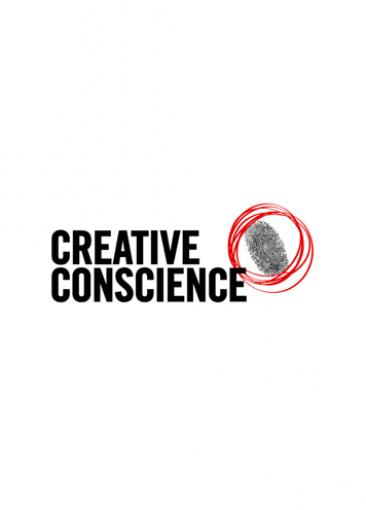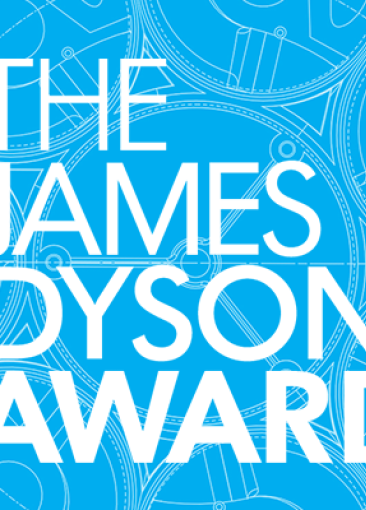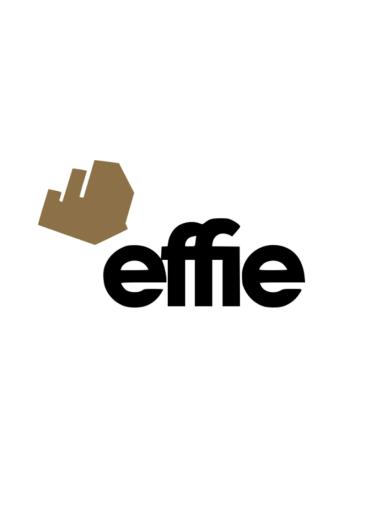In Conversation pieces shed light on national cultural policy contexts, different perspectives on arts subsidy, audiences, the cultural workforce, heritage, artform development and how cultural leadership functions in a fast-changing local, national and international context. Interviewers are academics with significant knowledge and understanding of the appropriate arts management and cultural policy field, and to be willing to ask critical and probing questions.
This chapter articulates the formation of a responsive epistemic culture of research as “infra-structuring”. It identifies three interrelated components of humanities research practice that (re)define infrastructure in the context of the Digital Studio at the University of Melbourne. This digital laboratory produced an epistemology that became manifest through the critical assemblage of resources, architecturally inflected interdisciplinary research, and a connected intelligence approach that was able to empower sustainable cross-institutional knowledge creation.
This article explores structure, motivations and cross-cultural mechanics of operations of alternative cultural diplomacy in China, performed by K11. The K11 Art Mall franchise, opened in Hong Kong in 2008 by Chinese billionaire Adrian Cheng, has established its visible presence in the global arts markets by supporting contemporary Chinese artists and sponsoring major international arts residencies and large-scale events and exhibitions.
This article is based on a comprehensive overview of the evolution of the academic literature on cultural diplomacy since its official inception during the midst of the Cold War, in 1959. It draws on mapping, chronology building, and thematic analysis of all scholarship published on cultural diplomacy in the Scopus database, the largest academic database in the world. The research explores how the discipline has evolved, what geographies and thematic areas it covered in the past, and what is the future of this discipline.
Various factors may contribute to the rise of global movements, like Hallyu or the Korean Wave. These could include support from the Korean government for its creative industries or be associated with the opportunities presented by social media platforms. Yet, global movements’ rapid and wild development will always hold an element of mystery. While we can’t fully explain the “human factor” and the magic behind the birth of a global movement, can we harness data on their spread, impact, and intensity across different regions in recent decades to anticipate their future trajectory?
Tracing transformations in the museum agency under the pressure of the pandemic crisis in 2020, the article conceptualizes museums as dynamic “contact zones” of heritage diplomacy. It explores two foundational components of a contact zone, such as building a social space for a cross-cultural encounter, negotiation and debate as well as offering a platform to address transnational concerns on the heritage decolonization agenda.
Sixty-eight writers and eight artists gather at a hui in a magnificent cave-like dwelling or meeting house. In the middle is a table, the tēpu kōrero, from which the rangatira speak; they converse with honoured guests, and their rangatira-kōrero embody the tāhuhu, the over-arching horizontal ridge pole, of the shelter. In a series of rich conversations, those present discuss our world in the second decade of this century; they look at decolonisation, indigeneity, climate change . . . this is what they see.
The article analyses Wen-Ying Tsai’s pioneering interactive sculptures and argues that these works act psychologically as well as audio-visually on spectators, in ways that elicit their empathy and establish a strong sense of intimacy during their encounter. Tsai’s ambitious kinetic artworks are considered in relation to prevailing theories and practices within cybernetics, particularly the ideas of its founding father, Norbert Wiener (1894-1964). Interesting parallels are drawn between the two individuals, their lives, personalities and beliefs.
This practitioner research in education paper is based on the experiences of two English language educators taking part in a collaborative online international learning project, otherwise known as COIL. Synchronous and asynchronous teaching methods were used for English language learners to meet and work with students from other countries. The collaboration took place virtually between two institutions of higher education, located on different sides of the globe, namely Mexico and Singapore.
“I suppose people are just not willing to go that far, because, “At the moment I barely know you. I’ll be nice to you on a superficial level, but it will be too much to go beyond that.” And people have these perceptions that when they see me, “Oh, she’s doing fine,” especially my teachers. ... I usually feel left out in my class. (Participant 15)”. Having arisen from personal encounters of teaching at tertiary level and the challenges of catering to learners presenting a broad spectrum of educational needs, I have become increasingly aware of the diversity of students seeking assistance.



